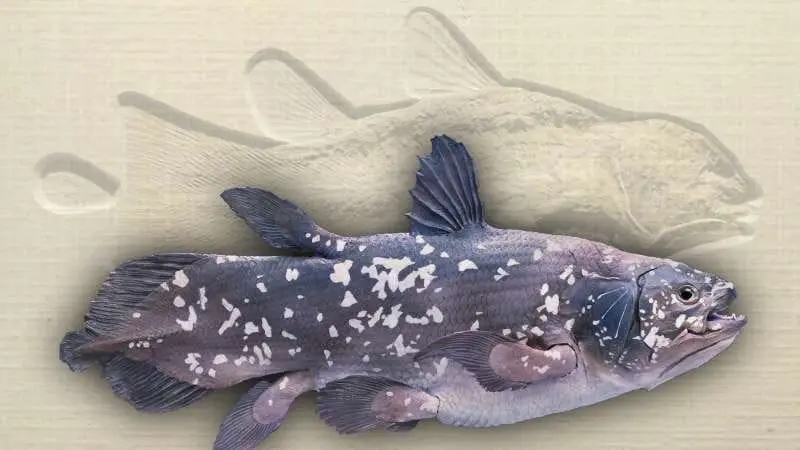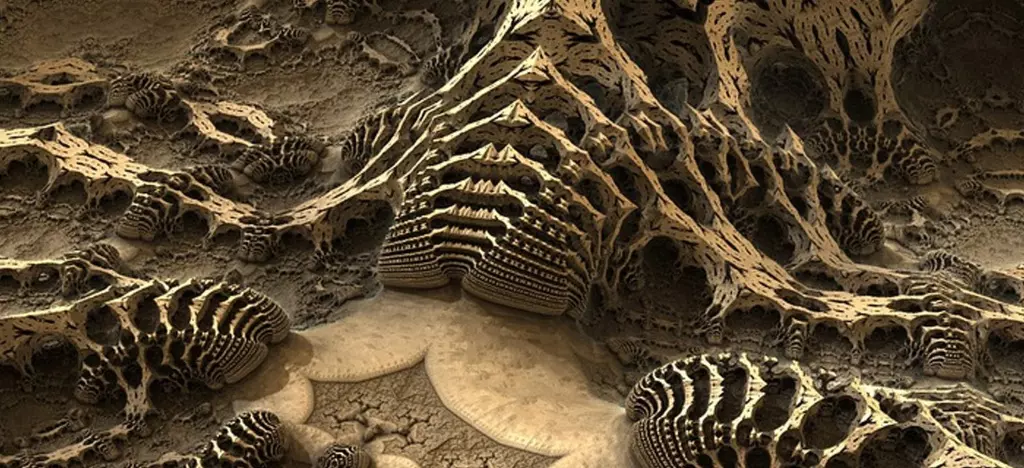[Originally published as Problems Part 3]
Time and again, as we look to the fossils found throughout the strata of the world, we should be amazed by many obvious examples of anomalies that exist in plain sight. For instance, though we are told of evolution’s endless march towards perfection, why is it that so many “ancient” fossil forms exist that are identical to modern forms? There are a staggering number of worms, mollusks, and arthropods preserved around the world that are essentially indistinguishable from their modern descendants, and similarly, we find a vast number of more complex animals today that are virtually identical to their fossil forebears.
Examples include:
- Sharks
- Rays
- Salamanders
- Frogs
- Toads
- Lizards
- Turtles
- Crocodilians
- Possums
- Bats
- Squirrels
- Parrots
- Penguins
- Ducks
A number of plants, too, share these same qualities, with modern structures being identical to their fossil forms. In most cases, plants and animals alike, the biggest difference between extant forms and their extinct ancestors appears to be size, with a great number of ancient forms being gigantic compared to their modern descendants.¹
Even more astounding than examples of animals which have defied assumptions of evolutionary progress are found in another form of life which, though miniscule, gives ample reason to question the standing paradigm.
How is it that bacterial life forms exist today that are virtually identical to their ancient forerunners?
If evolution drives change through mutation and selection over great periods of time, how is it that these simple creatures have remained intact? The mainstream declares that life originated on this planet through natural processes some 3.8 billion years ago, with some of the oldest prokaryotic bacterial forms being recognized from fossils dated to 3.5 billion years ago. How is it that organisms that reproduce perhaps as often as two generations an hour have seen no significant change in 3.5 billion years? More than just speculation, evidence supports this fact as structurally those prokaryotic fossils are virtually identical to living prokaryotes.²
In fact, in the year 2000, researchers discovered bacteria which were perfectly preserved within a salt crystal dating to some 250 million years old. What made this find particularly interesting was not just the preservation of the organic materials—each of which should long ago have broken down—but also the fact that, upon analysis, it was discovered that the DNA of these preserved bacteria was nearly identical to that of certain modern forms!³
Bacteria though are hardly the only microscopic life forms to stand in opposition to the mainstream ideology, as algae and other such organisms also present their own questions with modern forms that are identical to some dated to perhaps as old as 3.4 billion years ago. Shouldn’t it be, given the proclaimed nature of evolution and the oft-invoked great age of the planet, that all of these forms, miniscule to macroscopic, would have long been replaced with the next great wave via faunal succession?
What are we to make of those instances where presumed extinct forms have miraculously been rediscovered, found living in some hidden or isolated nook of our planet? By far, the most famous example of living fossils, or members of a “Lazarus Taxon,” is the Coelacanth. These fish, members of the Latimeria genus, were thought to have gone extinct 66 million years ago, until they were discovered to still be living on December 22nd, 1938, off the east coast of South Africa.

Since that time, the coelacanth has been discovered in many regions of Africa, including the Comoros, Kenya, Tanzania, Mozambique, and Madagascar. More amazing is that a second living species was recently discovered in Indonesia.4 Interestingly, Lazarus Taxa can be found amongst many tribes of plants, animals, and other life forms.
Such animals include the Chacoan Peccary (Catagonus wagneri), known only from fossils before its modern discovery. In 1971, the animal was discovered to still be alive in Argentina. Like many other examples, some even yet to be made official, the natives of the area were familiar with the breed, yet academics stood in opposition until their denials were rendered moot. Other instances of Lazarus Taxa include:
- the Laotian Rock Rat (Laonastes aenigmamus), believed extinct for 11 million years, only to be discovered alive in 1996
- the Mountain Pygmy Possum (Burramys parvus), found alive in Australia in 1966 after only being recognized as a fossil breed prior to that
- the Majorcan Midwife Toad (Alytes muletensis), known from only fossils until recovered alive in 1979
- the Monoplacophora class of molluscs, thought extinct since the Devonian Period, some 380 million years ago, found living off the coast of Costa Rica in 1952
The plant kingdom too has its own living fossils to boast of. From the Nightcap Oak (of the genus Eidothea) which, until its living discovery in 1995, had been considered extinct for some twenty million years, to the gigantic primeval Dawn Redwood, of the Metasequoia genus, which, prior to 1941, had not lived for many millions of years according to the mainstream authorities.
Another incredible example of living fossil plants comes in the form of the Wollemi Pine (Wollemi nobilis). Rediscovered in 1994 in a remote gorge in the Blue Mountains of Australia, the Wollemi Pine represents a stunning representation of the past, and as with all such Lazarus Taxa, until its rediscovery those fossils from the past represented the youngest evidence of these trees in existence, with no further fossil evidence being found in the remaining 150 million years worth of younger strata! Perhaps underscoring the significance of such finds, one researcher, in regard to the Wollemi Pine, said that the discovery was like “finding a living dinosaur.”5
– This was an excerpt from “Remnants of Eden: Evolution, Deep-Time, & the Antediluvian World.” Get your copy here today. God bless! –
References:
- For an example of such larger forms see: https://answersingenesis.org/extinct-animals/worlds-largest-marsupial-found-in-queensland/
- Patterson, Colin, “Evolution,” Second Edition, Natural History Museum, London, 1999, pg 129
- Dr. Purdom, Georgia,”#10 DNA in ” Ancient” Bacteria,” 10 Best Evidences From Science That Confirm a Young Earth, Answersingenesis.org, https://answersingenesis.org/natural-selection/antibiotic-resistance/10-dna-in-ancient-bacteria/, retrieved August 17th, 2015
- Pouyaud, Laurent; Wirjoatmodjo, Soetikno; Rachmatika, Ike; Tjakrawidjaja, Agus; Hadiaty, Renny; Hadie, Wartono,”Une nouvelle espèce de cœlacanthe. Preuves génétiques et morphologiques” [A new species of coelacanth. Genetic and morphologic proof], 1999, Comptes Rendus de l’Académie des Sciences (in French) 322 (4): 261–7. Bibcode:1999CRASG.322..261P.doi:10.1016/S0764-4469(99)80061-4.PMID 10216801
- Wieland, C., “Sensational Australian tree … like finding alive dinosaur,” Creation 17(2):13, 1995







